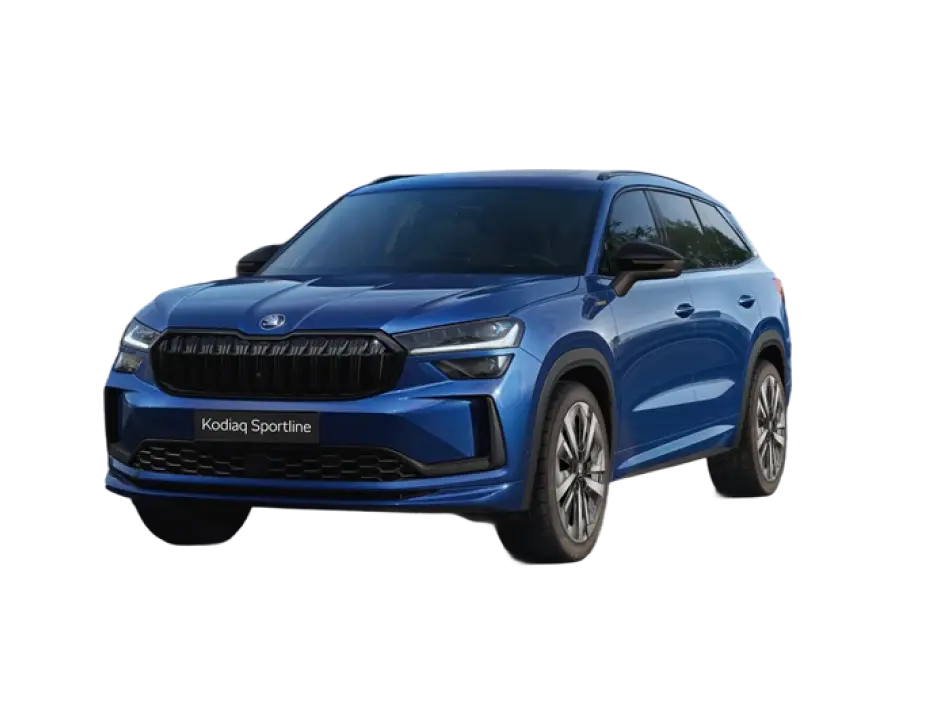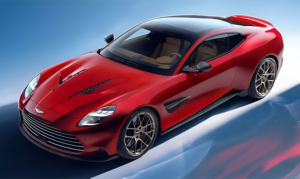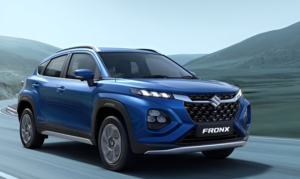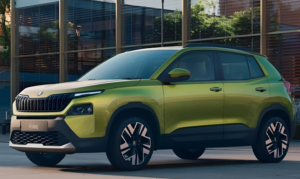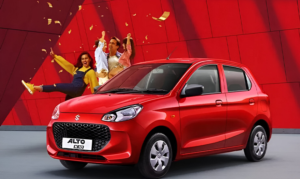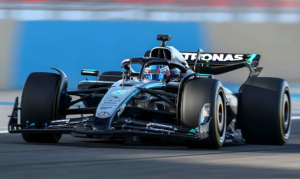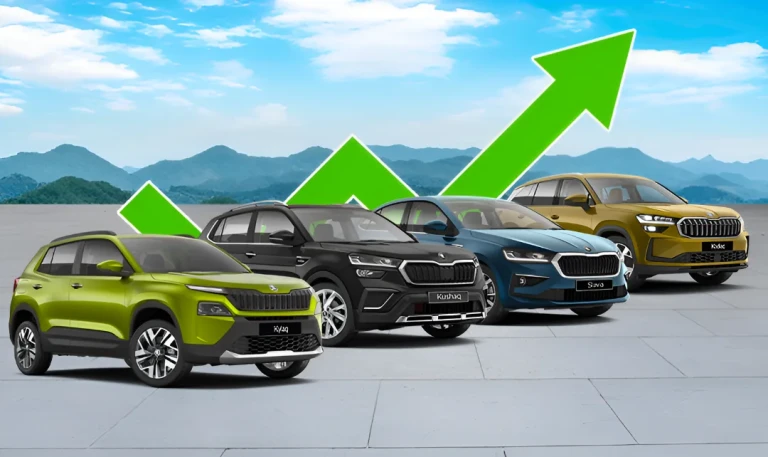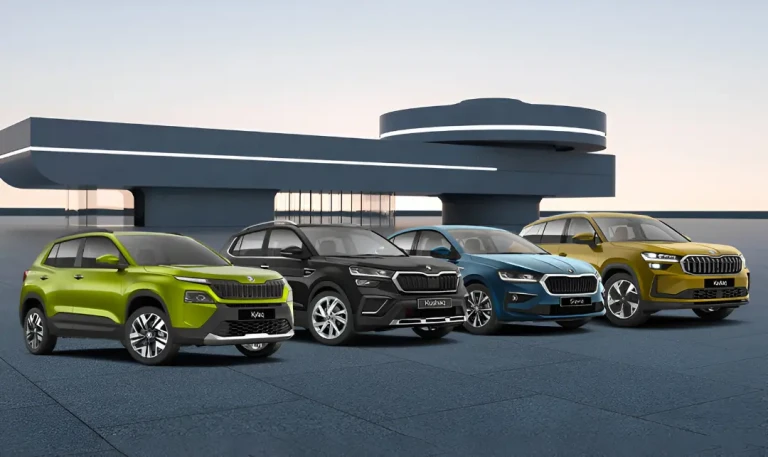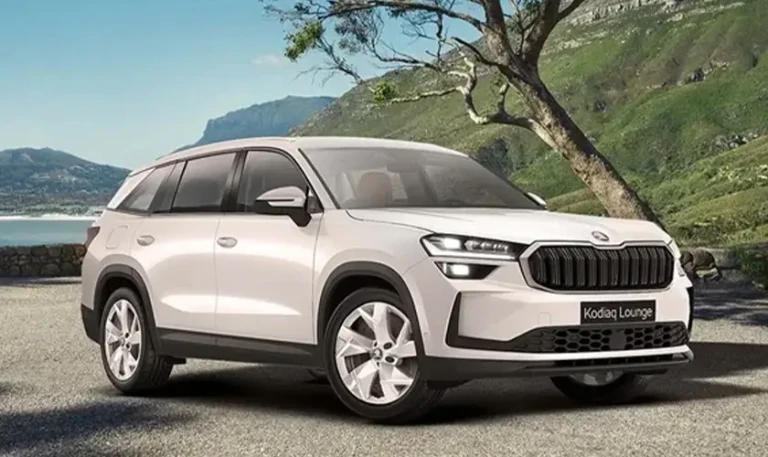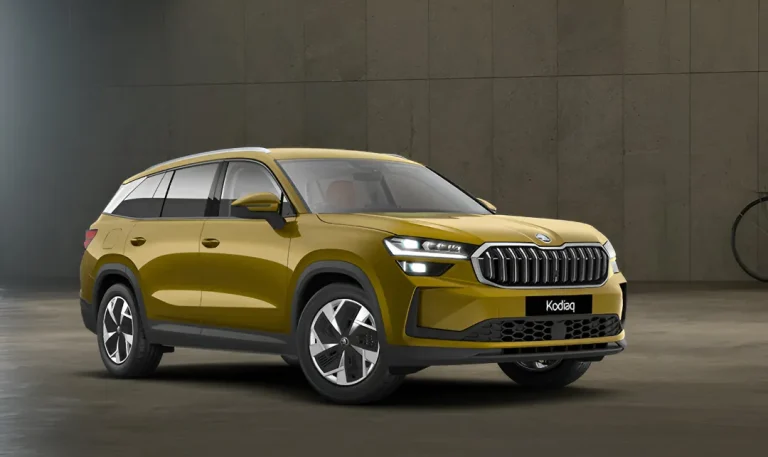Spec Comparison – Skoda Kodiaq vs Toyota Fortuner
- Skoda Kodiaq Vs Toyota Fortuner detailed comparison.
- Engine, size, features, and more.
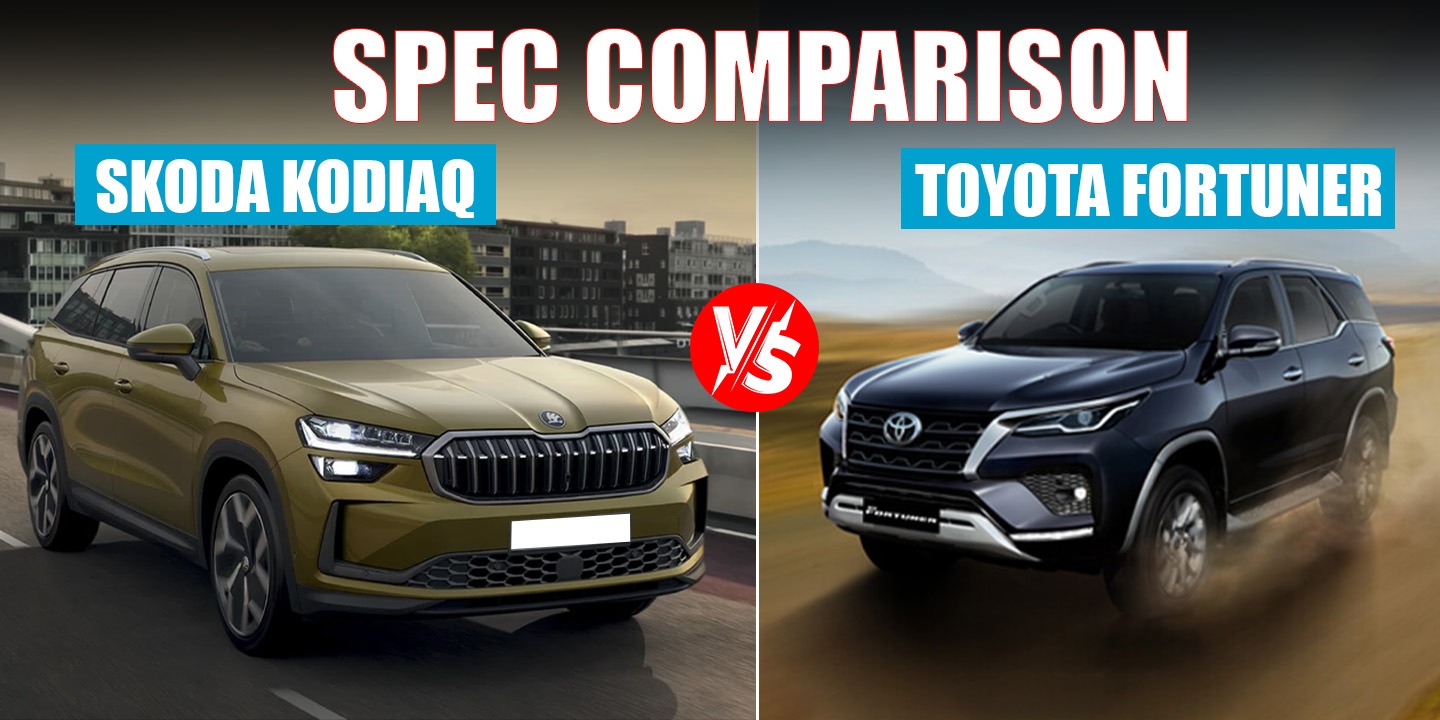
This article explores the differences between Skoda Kodiaq and Toyota Fortuner so you can make an informed purchase.
Catch the latest launches and updates on CarOnPhone!
Skoda Kodiaq vs Toyota Fortuner: Powertrain Punches
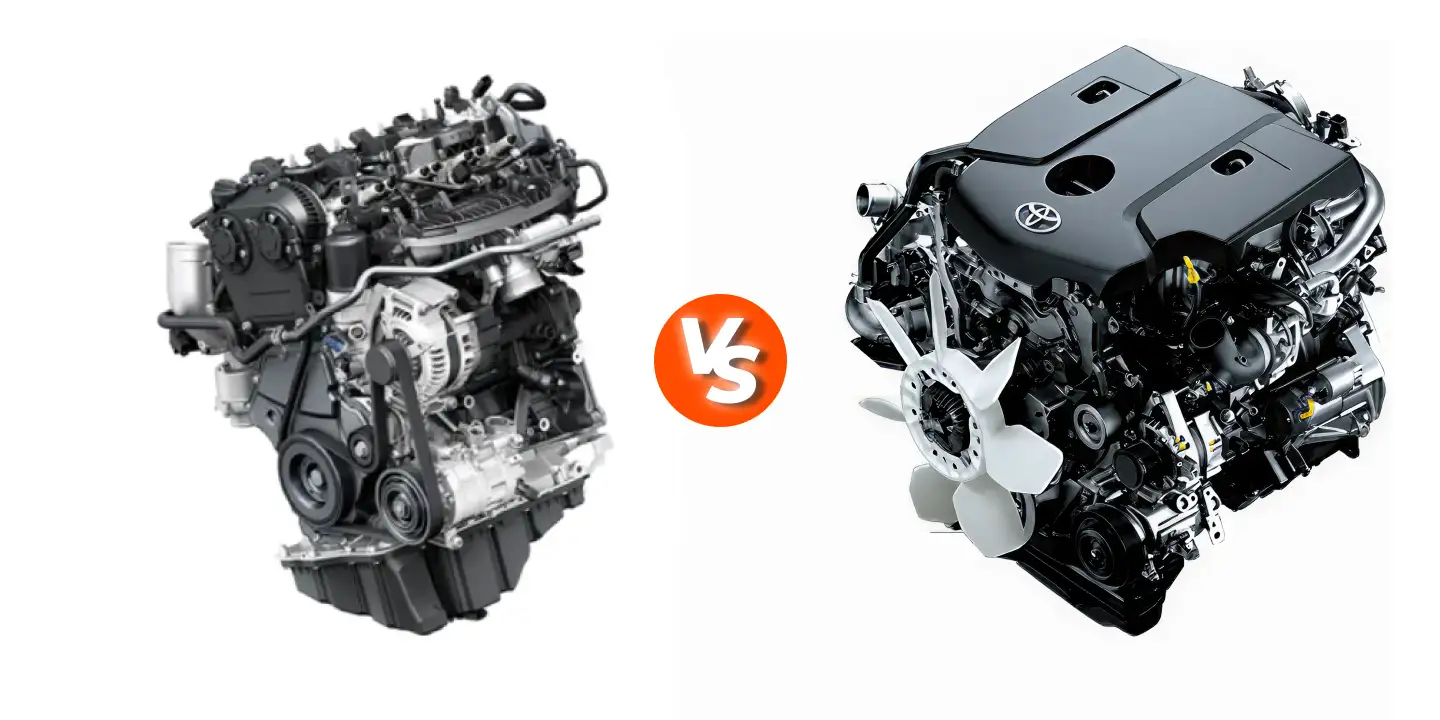
Lift the hood and you’ll see the Kodiaq and Fortuner specification sheets tell two very different stories.
2025 Skoda Kodiaq runs on a 2.0‑liter turbo‑petrol with 204 PS and 320 Nm. It comes paired with a 7‑speed DSG and all‑wheel drive as standard. On road, it’s smooth, quick to respond, and returns about 14.8 km/l if you’re light on the throttle.
Toyota Fortuner takes a more flexible route. There’s a 2.7‑liter petrol (166 PS, 245 Nm) for everyday use, but the real workhorse is the 2.8‑liter diesel. That one delivers 204 PS and a meaty 500 Nm, making it a towing and off‑road favorite. The flip side? You can expect mileage closer to 10.3 km/l.
Skoda Kodiaq vs Toyota Fortuner: Sizing Up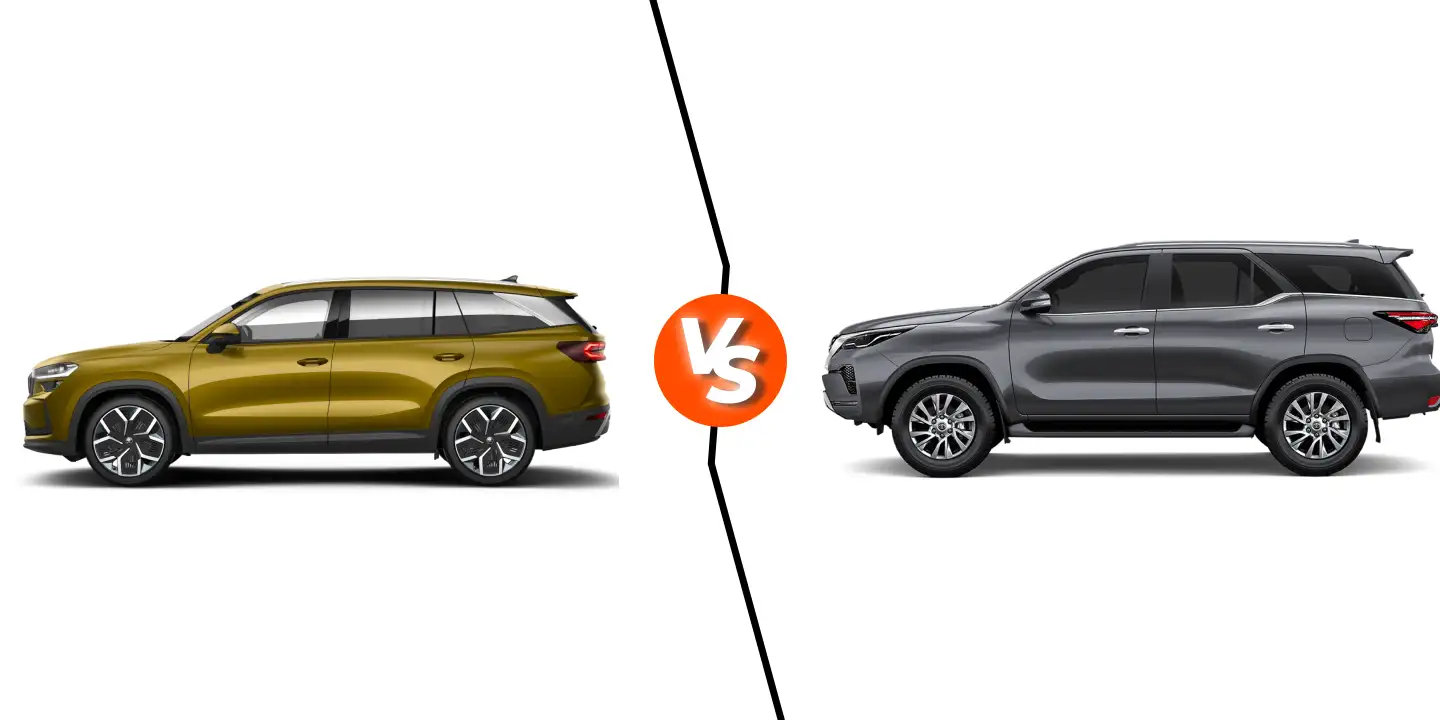 AD
AD
If you like towering over traffic, Fortuner’s the one. At 4,795 mm long and 1,835 mm tall, it has a more imposing stance than the Kodiaq’s 4,758 mm length and 1,679 mm height. That extra height really shows when you’re pulling up behind smaller cars.
Kodiaq, though, is a touch wider and has a longer wheelbase. That translates into a steadier feel at highway speeds and a bit more stretch‑out space in the middle row.
Boot space is close—296 liters in the Fortuner, 281 liters in the Kodiaq—but the Kodiaq’s flatter‑folding seats make it handier for bulky luggage.
Skoda Kodiaq vs Toyota Fortuner: Features Suite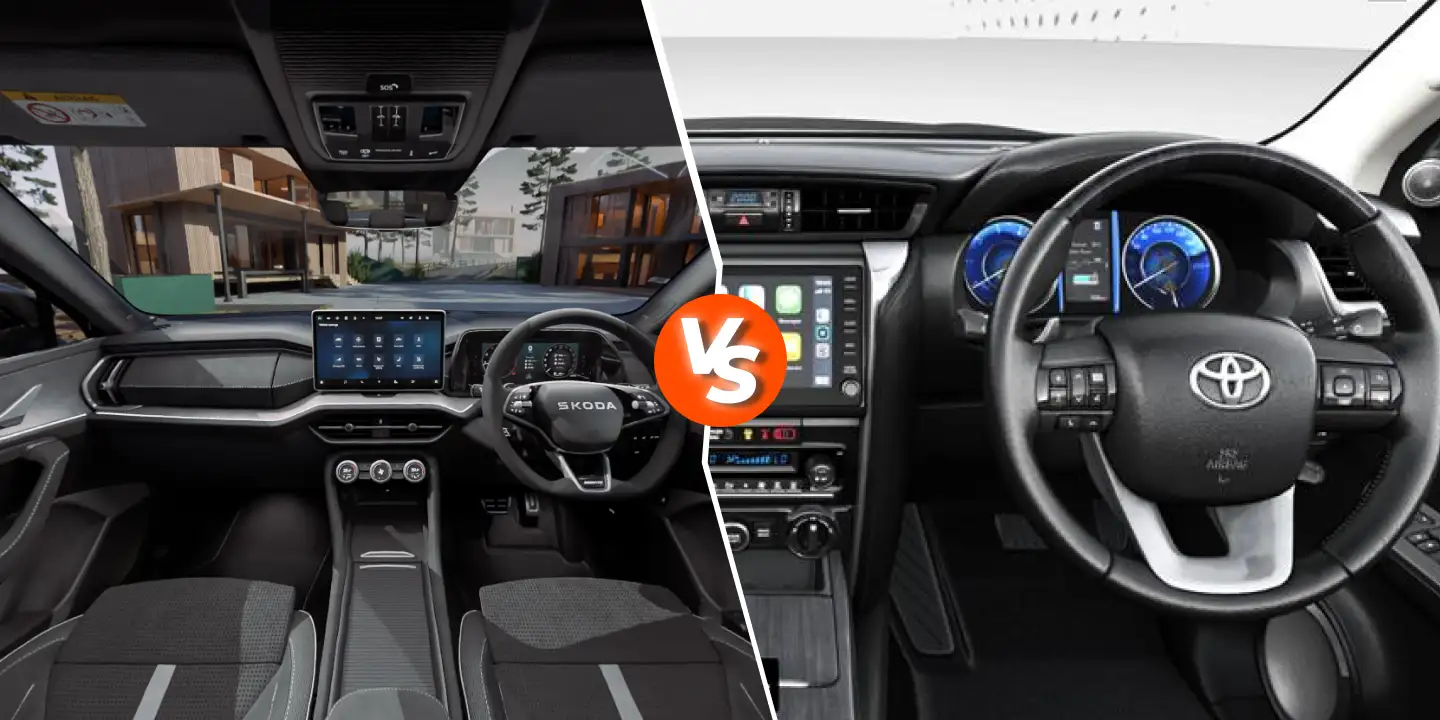 AD
AD
Here’s where the Skoda Kodiaq comparison starts tipping in its favor. Inside, you get soft‑touch panels, panoramic sunroof, sharp digital cockpit, ventilated seats, and a Canton audio system. This cabin is sure to make long drives feel shorter.
Fortuner’s interior is built for durability first. You still get leather seats, a powered driver’s seat, and dual‑zone climate control, plus Android Auto and Apple CarPlay. But the vibe is more “ready for anything” than “luxury lounge.”
Skoda Kodiaq vs Toyota Fortuner: Specs at a Glance
| Specification | Skoda Kodiaq (2025) | Toyota Fortuner (2025) |
|---|---|---|
| Engine Options | 2.0L Turbo‑Petrol | 2.7L Petrol / 2.8L Diesel |
| Power (PS) | 204 | 166 (Petrol) / 204 (Diesel) |
| Torque (Nm) | 320 | 245 (Petrol) / 500 (Diesel) |
| Transmission | 7‑Speed DSG (AWD) | 5‑Speed Manual / 6‑Speed Auto (RWD/4WD) |
| Mileage (km/l) | approx. 14.8 | approx. 10.3 (Diesel) / approx. 10.0–11.0 (Petrol) |
| Length (mm) | 4,758 | 4,795 |
| Width (mm) | 1,879 | 1,855 |
| Height (mm) | 1,679 | 1,835 |
| Wheelbase (mm) | 2,791 | 2,745 |
| Boot Space (L) | 281 (all seats up) | 296 (all seats up) |
| Key Features | Panoramic Sunroof, Digital Cockpit, Ventilated Seats, Canton Audio | Leather Seats, Powered Driver Seat, Dual‑Zone AC, Android Auto/Apple CarPlay |
Skoda Kodiaq vs Toyota Fortuner: Which Car to Buy?
Do your weekends include dirt tracks or steep climbs? Do you generally need to perform gear hauls? Then your tailored Toyota Fortuner vs Skoda Kodiaq match‑up leans toward the Fortuner—especially considering that diesel muscle.
But if you want a refined, European‑style SUV—one that brings a comfy cabin, smooth petrol power, and a range of tech—Kodiaq may well be the one.
Both will turn heads. It’s just a matter of whether you want your strength wrapped in muscle or in polish.
Tags:
CarOnPhone is your one-stop destination to see all upcoming cars, latest cars, released cars, and EV Cars, and compare Cars in all Car Brands. Stay tuned and follow us to update yourself on the automotive world.

